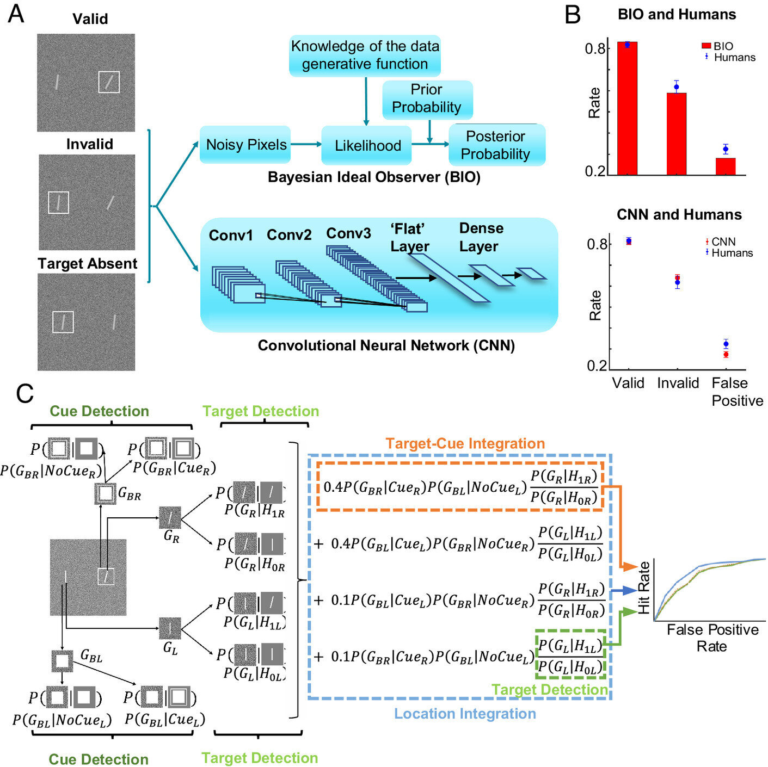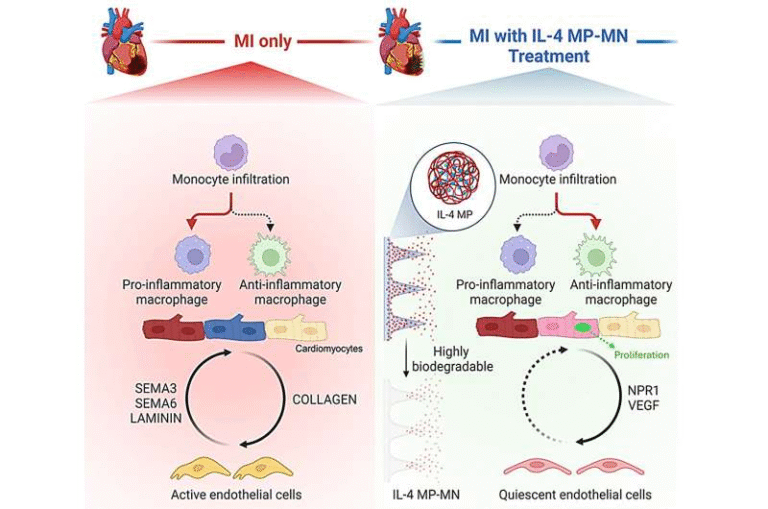New AI Stool Test Detects 90% of Colorectal Cancers Marking an End To Colonoscopy

Colorectal cancer is one of the most serious health concerns worldwide, ranking as the second leading cause of cancer-related deaths. The standard method for detection has long been the colonoscopy. While effective, colonoscopies are invasive, expensive, and uncomfortable, which often discourages people from getting screened on time. Now, researchers from the University of Geneva (UNIGE) have introduced a new and promising alternative: an AI-powered stool test that detects colorectal cancer with 90% accuracy, a rate almost on par with colonoscopies.
This development has attracted attention because it could transform how colorectal cancer is detected and potentially open doors for broader applications in disease diagnosis. Let’s go step by step and look at what the researchers did, how their method works, what the results show, and what it could mean for healthcare.
The Problem with Current Screening
The effectiveness of colonoscopies is undeniable, but they come with challenges. A colonoscopy requires bowel preparation, anesthesia or sedation, specialized medical staff, and costly equipment. Because of this, many people avoid the procedure, delaying diagnosis.
This is dangerous because colorectal cancer is often diagnosed at later stages, when treatment options are more limited and survival rates are much lower. Early detection is key—if caught early, colorectal cancer can often be treated successfully.
At the same time, researchers have long known that the gut microbiota—the massive community of microbes living in the human digestive system—plays a role in the development of colorectal cancer. But putting this knowledge into practical diagnostic tools has been difficult.
One of the biggest hurdles? Not all bacteria of the same species behave the same way. Some strains can contribute to disease, while others remain harmless. This variability has made it difficult to find reliable microbial signatures of cancer.
The New Approach: Looking at the Subspecies Level
Instead of focusing broadly on microbial species or narrowly on bacterial strains, the team at UNIGE zoomed in on an intermediate level—the subspecies.
This shift in focus was crucial. By analyzing bacteria at the subspecies level, the researchers could capture meaningful differences in how bacteria function and contribute to diseases like colorectal cancer. At the same time, this approach is still general enough to identify these patterns across different individuals, populations, and even countries.
The researchers, led by Professor Mirko Trajkovski, developed the first comprehensive catalog of human gut microbiota subspecies. They also designed a machine learning method that could analyze huge amounts of genetic data and classify bacteria at this resolution.
Building the Subspecies Catalogue
The catalog, sometimes referred to as the HuMSub catalogue, was constructed by processing large-scale genomic data from human gut microbiomes. To do this efficiently, the team created a tool called panhashome, which allows for fast quantification of both species and subspecies in metagenomic data.
This catalog isn’t just a list of microbes. It’s a functional map that reveals what makes different subspecies distinct, including their genes and metabolic pathways. That level of detail provides deeper insight into how certain microbes might influence disease.
Testing the Method
With the catalog in place, the researchers turned to existing clinical datasets that included microbiome sequencing data and patient health information.
They then trained a machine learning model to predict whether a stool sample indicated the presence of colorectal cancer. The model was fed information about which subspecies were present and in what amounts, creating a signature of cancer-linked microbial patterns.
The results were impressive. The AI-based stool test detected 90% of cancer cases, a number very close to the 94% detection rate of colonoscopy.
Importantly, the new test also outperformed other non-invasive methods currently available, such as fecal immunochemical tests (FIT), which typically detect fewer cases and are less accurate.
What This Means for Cancer Screening
If validated in larger clinical settings, this stool test could make screening much easier and more accessible. Instead of requiring colonoscopies for everyone, stool-based testing could be used as a first-line screening tool.
Here’s how it might work in practice:
- People submit stool samples for routine screening.
- Those samples are analyzed using the AI-based method.
- If cancer-linked microbial signatures are detected, a colonoscopy would then be performed to confirm the diagnosis.
This two-step process could reduce the number of colonoscopies needed, save healthcare costs, and encourage more people to participate in early screening.
Moving Toward Clinical Trials
The research team is already setting up a clinical trial in collaboration with Geneva University Hospitals (HUG). This trial will focus on identifying exactly what stages of cancer and what kinds of lesions can be detected using the subspecies-level method.
The trial will also help validate the accuracy of the model in real-world conditions, where patient diversity and sample variability can affect performance.
Beyond Colorectal Cancer
While colorectal cancer was the focus of this study, the applications of this method go far beyond a single disease.
By studying differences at the subspecies level, researchers can uncover how specific bacterial groups influence health and disease. This opens the door to non-invasive diagnostics for other cancers and potentially for conditions such as:
- Metabolic disorders
- Autoimmune diseases
- Neurological conditions linked to the gut-brain axis
In other words, a single stool sample analyzed with this method could one day provide a broad health check, screening for multiple diseases at once.
Why Gut Microbiota Matters
To appreciate the significance of this research, it’s worth pausing to understand the importance of the gut microbiota.
- The human gut hosts trillions of microorganisms, including bacteria, viruses, fungi, and archaea.
- These microbes play crucial roles in digestion, immunity, and metabolism.
- Research increasingly shows they influence conditions ranging from obesity and diabetes to depression and anxiety.
When it comes to cancer, certain bacteria may produce harmful metabolites or create inflammation, setting the stage for tumor development. On the other hand, other bacteria may have protective effects. This complex balance is why fine-scale resolution—like the subspecies level—is so important.
The Technology Behind It
The breakthrough here wasn’t just biological—it was also computational. The challenge was to analyze enormous amounts of sequencing data efficiently and extract meaningful information.
The tool panhashome and the subspecies catalog were key advances, enabling researchers to:
- Process microbiome data at high resolution.
- Capture subtle differences between microbial groups.
- Apply machine learning effectively for disease prediction.
This integration of bioinformatics and clinical data demonstrates how artificial intelligence is becoming a powerful tool in modern medicine.
Caveats and Considerations
While the results are exciting, there are important caveats:
- Validation is needed. The method has to be tested in independent, large, and diverse patient populations.
- Technical variability. Differences in sequencing technology, data processing, and even diet or geography can affect microbiome signatures.
- Not a replacement yet. Even with high accuracy, the stool test won’t fully replace colonoscopy. It’s more likely to be used as a complementary tool.
Still, the potential is huge. If confirmed, this approach could make cancer screening cheaper, faster, and more widely accessible.
Broader Implications of Microbiome Research
This research adds to a growing body of evidence showing that microbiome science is entering the clinical arena. What was once a niche field of study is now directly impacting diagnostics, therapeutics, and personalized medicine.
For example:
- Microbiome transplants are being tested for treating Clostridioides difficile infections.
- Specific bacterial strains are being explored as probiotics with medical applications.
- Microbiome signatures are being studied as predictors for drug responses in cancer immunotherapy.
The stool test developed by UNIGE is part of this larger movement—using microbiome data as a window into human health.
Final Thoughts
The idea that a simple stool sample could detect colorectal cancer with accuracy close to colonoscopy is a game-changer. The fact that this method relies on mapping the gut microbiota at the subspecies level shows just how much detail matters when it comes to understanding our microbial companions.
If clinical trials confirm these findings, we could see a major shift in cancer screening practices. Beyond that, this same approach could unlock new diagnostic tools for a wide range of diseases.
The gut microbiome is no longer just a fascinating scientific curiosity—it’s becoming a central player in the future of medicine.
Research Reference:
Matija Tričković, Silas Kieser, Evgeny M. Zdobnov, and Mirko Trajkovski. Subspecies of the human gut microbiota carry implicit information for in-depth microbiome research. Cell Host & Microbe, 13 August 2025. DOI: 10.1016/j.chom.2025.07.015





